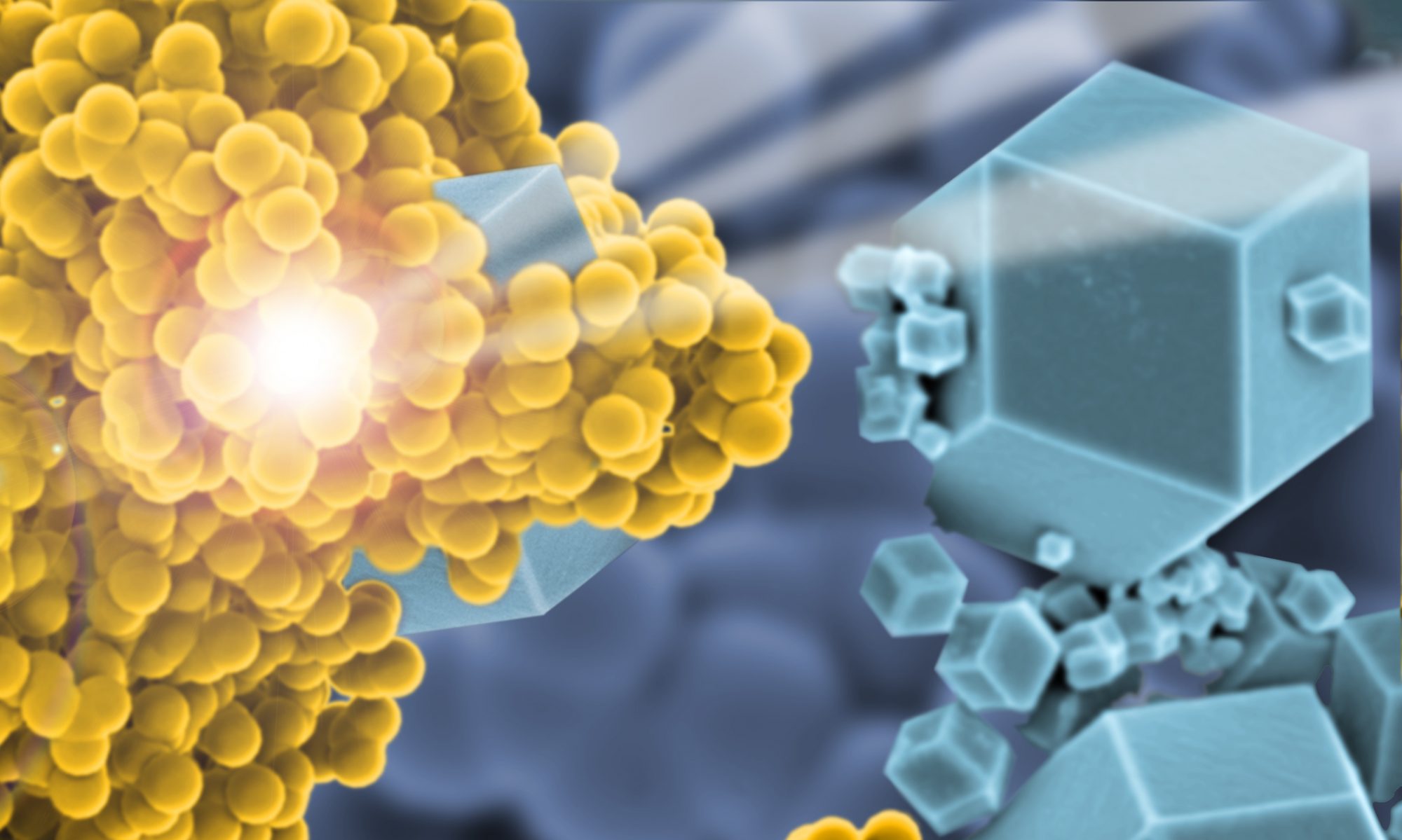Yesterday Photonics@UCI’s “Frontiers in Photonics” seminar series went big – very big – with a presentation given by LIGO’s Dr. David Reitze from Cal Tech. Dr. Reitze spoke to a packed audience about the The Laser Intererometer Gravitational-Wave Observatory (LIGO), its construction, discoveries, prospects, and complications involved in operating a 4km long interferometer designed to detect the smallest of signals from events in the universe. We were so pleased to hear about optics on such a grand scale and welcome members of the optics community from astronomy for this quarter’s seminar. Dr. Reitze’s presentation was engaging and very informative, sparking many discussions with students afterward.
Frontiers in Photonics: David Reitze
Professor David Reitze from the LIGO Laboratory at the California Institute of Technology presents:
LIGO: Using Really Big Interferometers to Search for the Most Violent Astrophysical Events in the Universe
“LIGO is currently undergoing a complete upgrade. Advanced LIGO is designed to be ten times more sensitive than initial LIGO, the first generation of gravitational wave interferometers, and will open the era of detecting gravitational wave emitted from the most violent events in the universe. In this presentation, I’ll give a primer on gravitational waves and why they are interesting and difficult to detect, discuss how we use interferometry to detect them, provide an overview of Advanced LIGO, and discuss its status and the prospects for gravitational wave detection and astronomy in the second half of this decade.”
When: Thursday 24, April at 4pm
Where: Natural Sciences 2, room 2201
You don’t want to miss it!
Dr. Fourkas – OSA Traveling Lecture
Yesterday we hosted our first OSA Traveling Lecturer, Dr. John Fourkas from the University of Maryland, who presented his work on “Nanoscale fabrication and manipulation using visible light.” Dr. Fourkas offered a packed audience a broad view on the many applications for his advanced techniques of multiphoton absorption polimerization for nano-fabrication, which range from the biomedical to the semiconductor industry. With images and movies as clear as his presentation of the work, the seminar embodied the spirit of Photonics@UCI’s Frontiers in Optics series, engaging the full audience of cross-discipline optics enthusiasts. A special “thank you” is given to the OSA funding that brought Dr. Fourkas to UCI.
The Traveling Lecturer program provides a platform for distinguished professors to share their expertise and knowledge across fields with students and faculty on campus. We are looking forward to host more experts in the upcoming years.
Nanoscale fabrication and manipulation using visible light
Photonics@UCI has the pleasure of presenting the first OSA Traveling Lecture seminar presented by:
Dr. John Fourkas
Department of Chemistry and Biochemistry
University of Maryland
1:30-2:30pm, Wednesday, April 9th, 2014
Location: Natural Science II, Room# 2201
(Snacks provided)
Abstract:
Despite the rapid growth of microfabrication technologies over the past decades, many desirable microstructures remain difficult or even impossible to create, especially when the structures are three-dimensional and/or composed of multiple components that feature different materials that must be arranged in a highly specific pattern. Multiphoton absorption polymerization (MAP) offers one solution to this problem. I will discuss the basic principles of MAP and our efforts to extend the capabilities of this technique to create ever finer features. I will also discuss aqueous MAP photoresists that can be used in combination with different techniques for nanomanipulation to create such structures. Nanomanipulation techniques can also be used to place micro- or nanoscale components in desired locations in three dimensions, after which they can be immobilized in place using MAP. This toolbox of techniques offers the capability of creating a broad range of new structures and devices featuring polymeric, inorganic, metallic and biomolecular components.
Bio:

Dr. John Fourkas is the Millard Alexander Professor of Chemistry at the University of Maryland, College Park. He earned a BS and an MS in Chemistry from the California Institute of Technology and a PhD in Chemistry from Stanford University. He is a Fellow of the APS, the OSA, and the AAAS. His work is focused on applications of nonlinear optics in the study and manipulation of matter, particularly at the nanoscale. His research group has extensive experience in the development of multiphoton lithographic techniques and their application to a broad range of problems.
